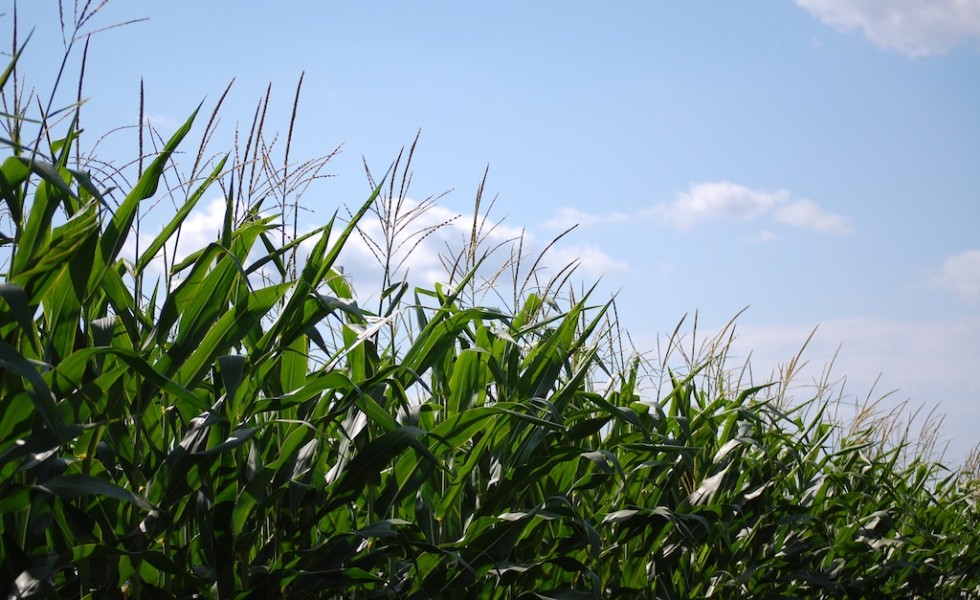Twenty-Five Years
Posted on June 20, 2018

June has always been a big month for me. I was born in June, graduated from high school in June, was readmitted to the Big U in June (it’s a long story) and, starting in June 1993, this weekly effort began quietly in the Galesburg (IL) Register-Mail.
Over the past 25 years, newspapering and the column, much like agriculture and food, have changed dramatically. Incredibly, in 1994 five newspapers received the column by mail and a dozen more received it via fax or screeching, shushing computer modem.
Now one mouse click sends the column through the ether to newspapers from Maryland to Montana at the speed of light without the loss of a single comma.
Equally magical, readers can come by these 700 or so words in any tractor, milking parlor or corporate boardroom anywhere in the world thanks to the internet and online social networks like Twitter and Facebook.
Today’s powerful technology, however, has not empowered newspapers or print journalists. It has, instead, empowered information and those who seek it. Both now drive the speed, reach, and impact of today’s ravenous 24/7 news cycle. The numbers prove it.
In 1990, U.S. daily and weekly newspapers employed an estimated 455,000 reporters, sales reps, designers, and clerks, according to the Bureau of Labor Statistics (BLS). In 2017, that number was 174,000 and falling.
Meanwhile, jobs in electronic, or internet, “journalism” soared. The BLS estimates the number of people who identify themselves as internet journalists has climbed from 78,000 in 2008 to 207,000 in 2017.
But it’s not just the number of faces in journalism that matters; it’s the number of places, too. According to Politico, 73 percent of all internet publishing jobs today are based in America’s two coastal corridors: Boston-New York-Washington and Seattle-to-San Diego.
That means only 27 percent of the remaining online reporters, as well as the ever-draining pool of traditional journalists, are located in the other 40 or so states. No wonder this vast territory—where you, me, and virtually all farmers and ranchers live and work—is “flyover country” to most Americans.
This growing information vacuum is a critical reason why rural America has become increasingly easy to define (We’re red, right?) and increasingly marginalized. There are fewer, on-the-ground public sources out here to challenge the beliefs that coastals—and politicians—perpetuate from their East Coast/West Coast enclaves.
Worse, it’s an awful fact that less journalism is being conducted in rural America now just as its citizens face challenging public issues like water quality, poverty, declining population, eroding tax bases, exploding addiction rates, critical infrastructure needs, and failing schools.
These problems won’t be solved by splashy op-eds in the New York Times or a viral tweet from a globetrotting chef who drops in for a $150-per-plate pop-up dinner.
Instead, they will be tackled by local reporters armed with local facts drawn from local public officials and their non-local corporate sponsors so local citizens—you and I—can make the best, informed choices for our collective local future.
Their local quest, though, isn’t just professional; it’s also personal. They live in the community they serve. You can chat with them in their office or complain to them over a burger at the local diner. They’re at church, the school board meeting, the bank, the T-ball game.
And, no, they’ll never have their own YouTube channel because they’re professional listeners, not overpaid shouters. They live to deliver numbers and nuance; information and insight; scoops, not scandals. To them issues are decided by one metric, facts, not a color like blue or red. They are rocks, not rock stars.
It’s been my greatest professional privilege to be part of that local effort for 25 years. Thank you.
Share This